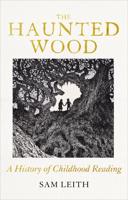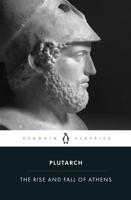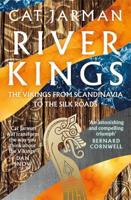Publisher's Synopsis
Excerpt from The Complete Works of Nathaniel Hawthorne, Vol. 12 of 12: With Introductory Notes
In June, 1837, Hawthorne, writing to Longfellow, had observed: I can turn my attention to all sorts of drudgery, such as children's books, etc. One among several outgrowths of the ability he referred to was the group of Biographical Stories in the pres ent volume, hitherto included with Grandfather's Chair, under the general heading of True Stories. That he regarded the writing of them as in one sense drudgery, as a performance which would not have been undertaken but for the necessity of earning a liveli hood by his pen, appears probable from a letter which he addressed with the ms. Of Queen Christina to the conductress of a periodical in Northern New York. Oi this letter, which has been inaccessible for a long time, the date (according to the editor's remembrance) was about two years after that of the one to Longfellow just mentioned; and the terms in which it was couched left the impression that Hawthorne was then much in need of employment. We must not, however, forget his own statement in the brief note prefixed to the stories, that this small volume and others of a simi lar character have not been composed without a deep sense of responsibility. Indeed, whatever he wrote for children Hawthorne prepared with as much conscientiousness as the matter which he offered to a mature audience; and, conversely, his stories for older readers were invested with such a refinement of sim plicity that they were often well suited for children. A circumstance illustrating this is that The Lily's Quest, afterwards issued in the second series of twice-told Tales, was first printed (j annary 19, 1839) in The Southern Rose, a weekly paper for young readers, published at Charleston, South Caro.
About the Publisher
Forgotten Books publishes hundreds of thousands of rare and classic books. Find more at www.forgottenbooks.com
This book is a reproduction of an important historical work. Forgotten Books uses state-of-the-art technology to digitally reconstruct the work, preserving the original format whilst repairing imperfections present in the aged copy. In rare cases, an imperfection in the original, such as a blemish or missing page, may be replicated in our edition. We do, however, repair the vast majority of imperfections successfully; any imperfections that remain are intentionally left to preserve the state of such historical works.









